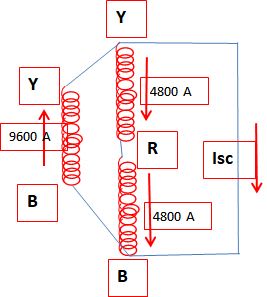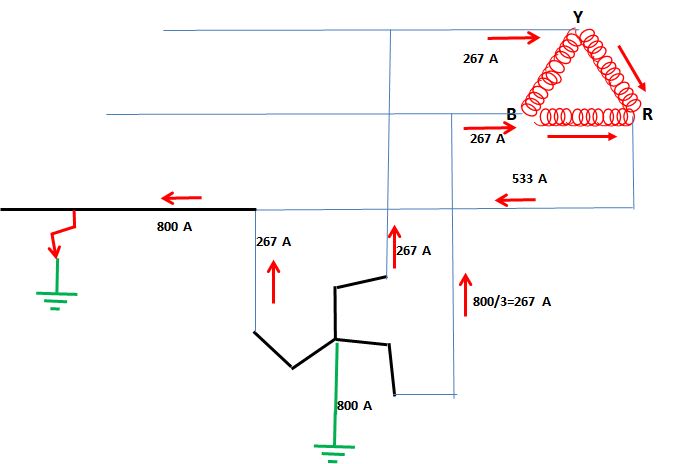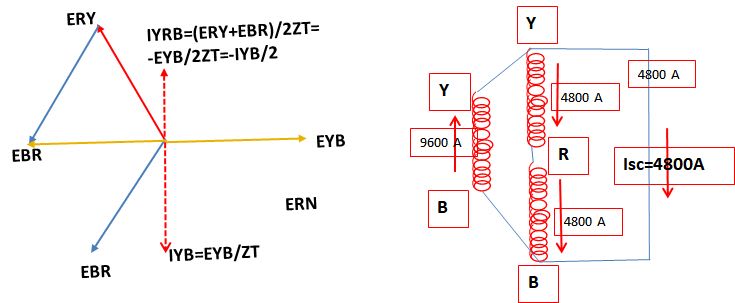Hi,
I am looking at a star-delta (HV/LV) transformer configuration.
Please can you correct me if wrong on the following:
For a phase-phase fault external to the transformer on the LV side (delta side) with the source being on the HV side, the current distribution in the windings should be as I have drawn attached.
Thanks
I am looking at a star-delta (HV/LV) transformer configuration.
Please can you correct me if wrong on the following:
For a phase-phase fault external to the transformer on the LV side (delta side) with the source being on the HV side, the current distribution in the windings should be as I have drawn attached.
Thanks




![[lol] [lol] [lol]](/data/assets/smilies/lol.gif)


![[blush] [blush] [blush]](/data/assets/smilies/blush.gif)
